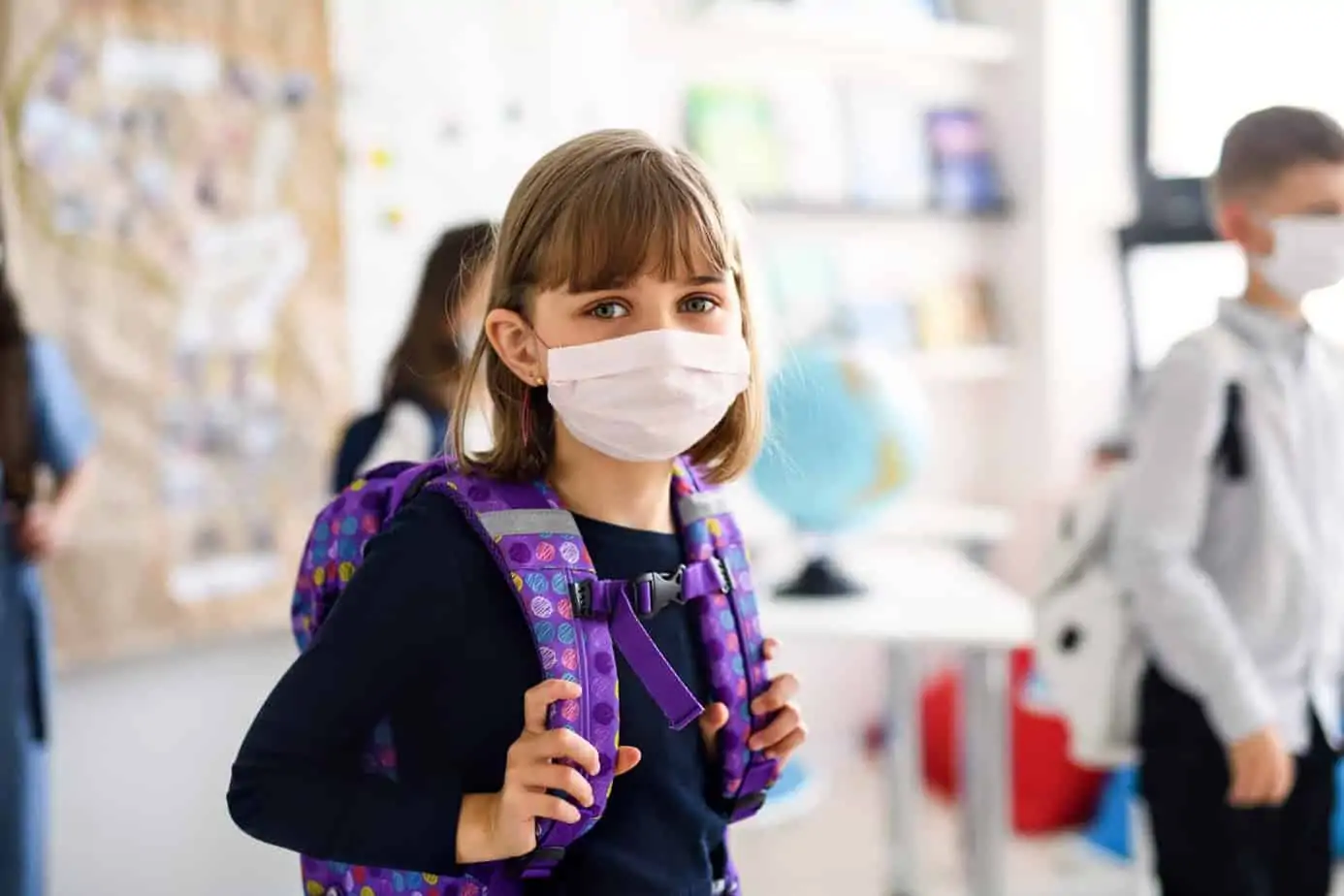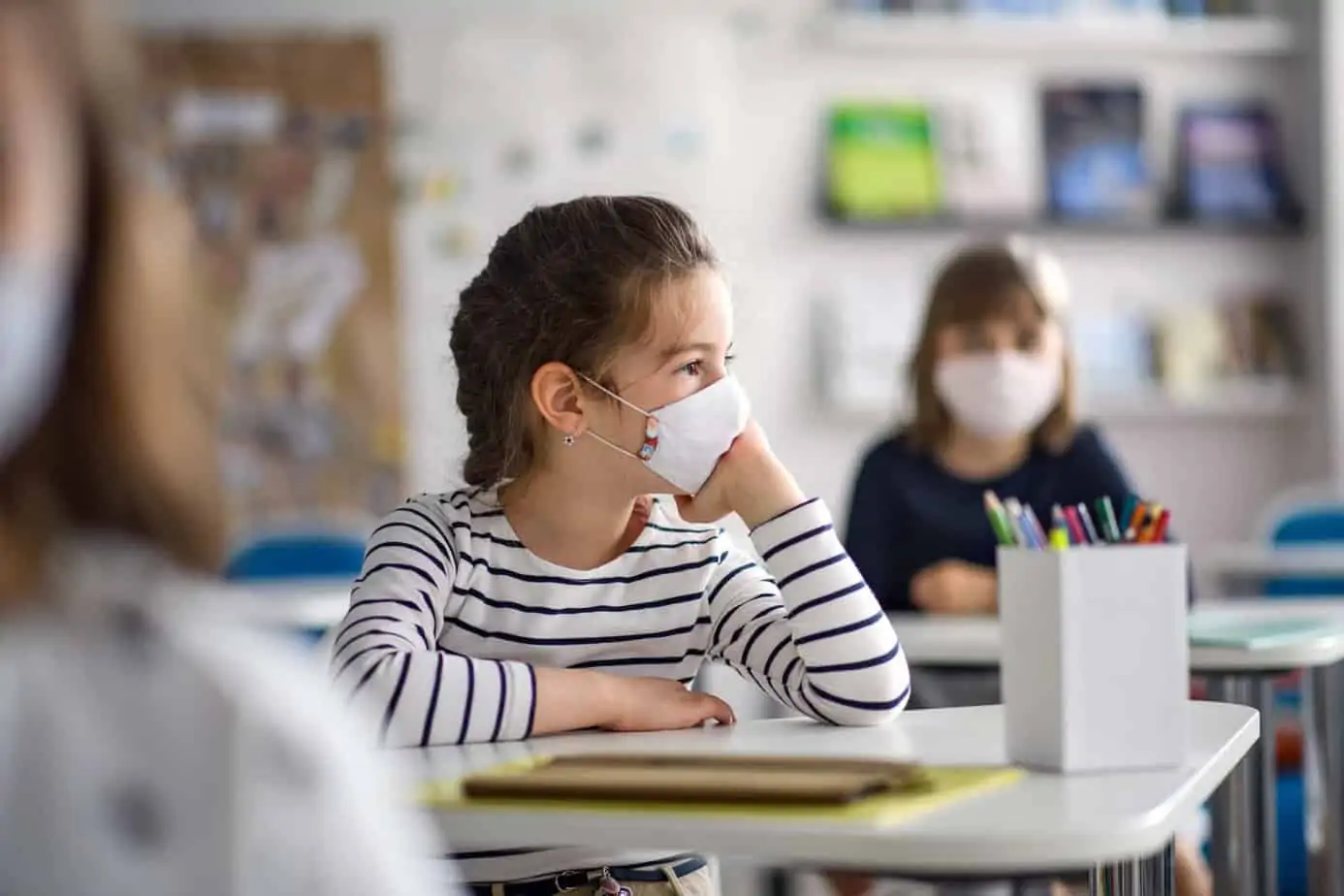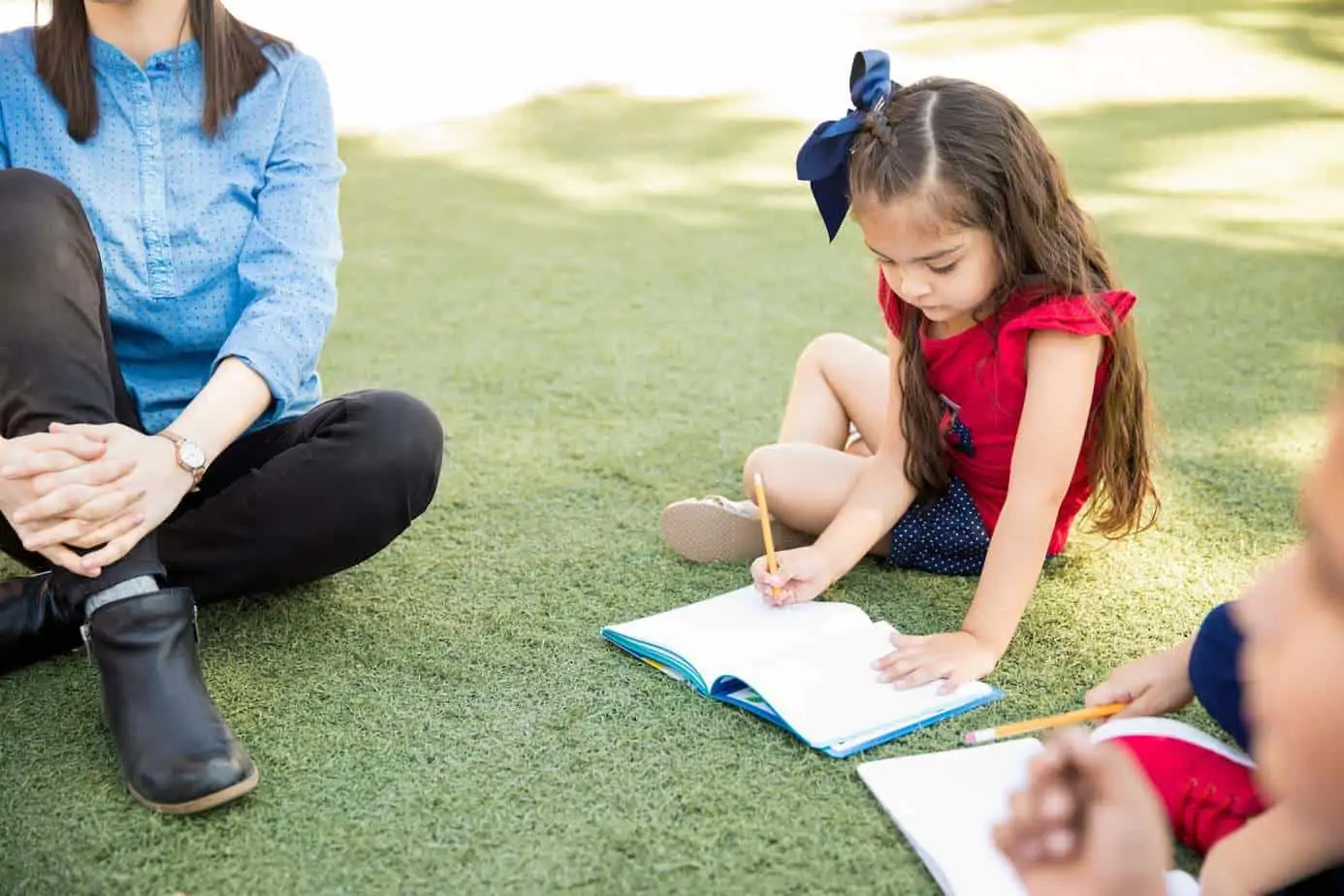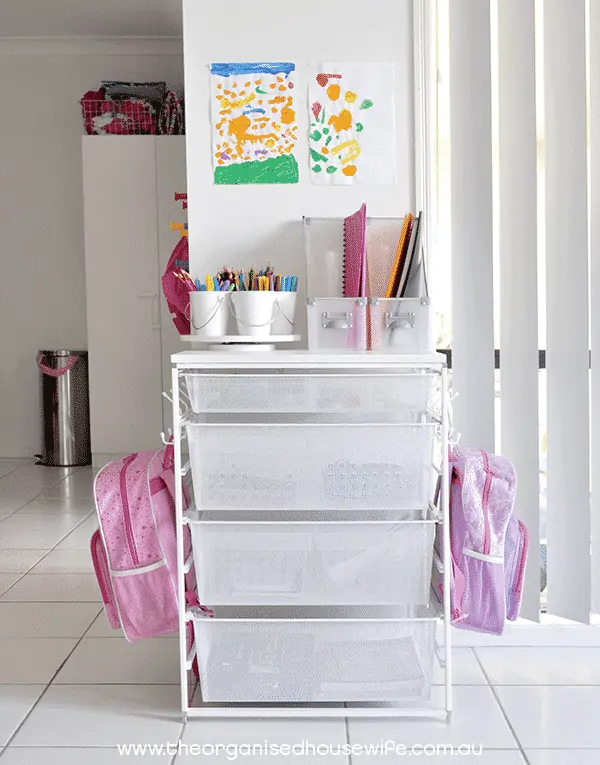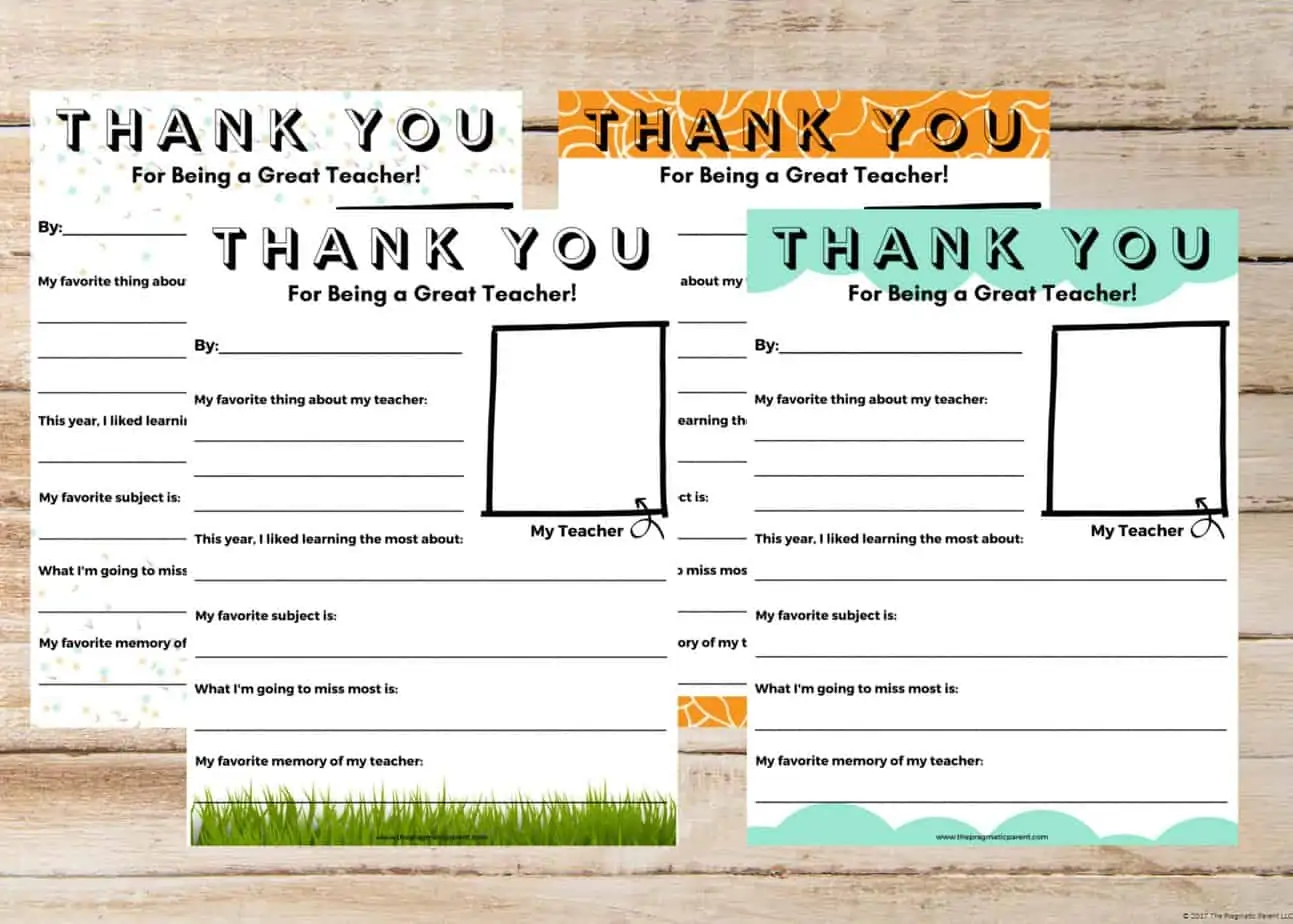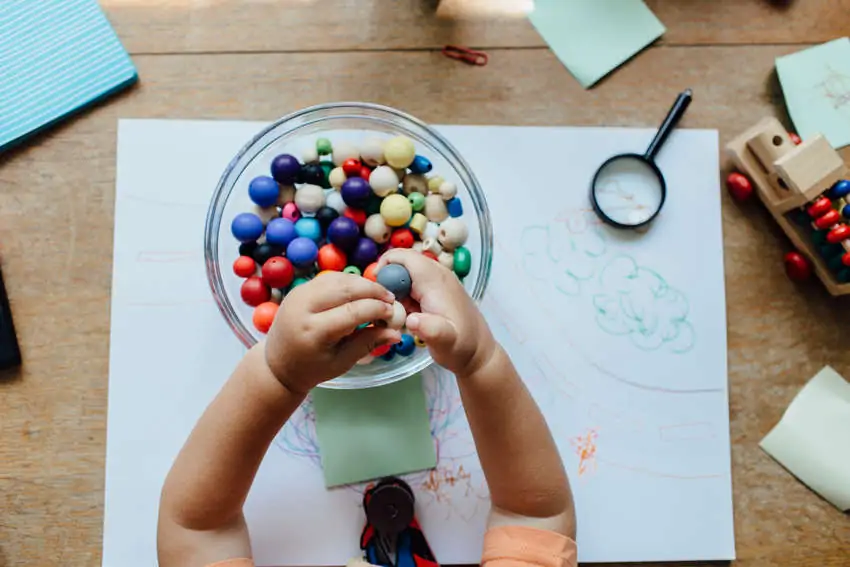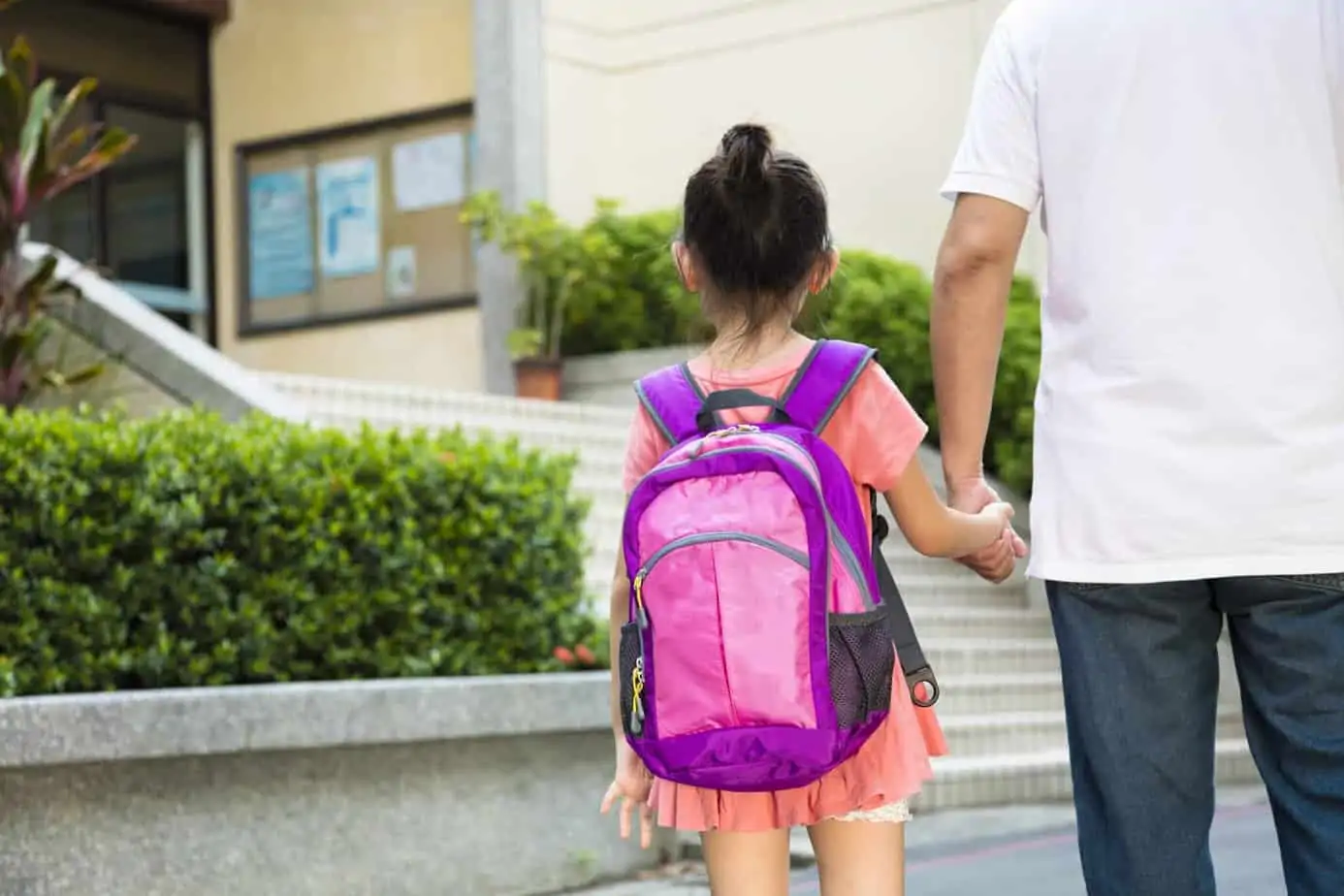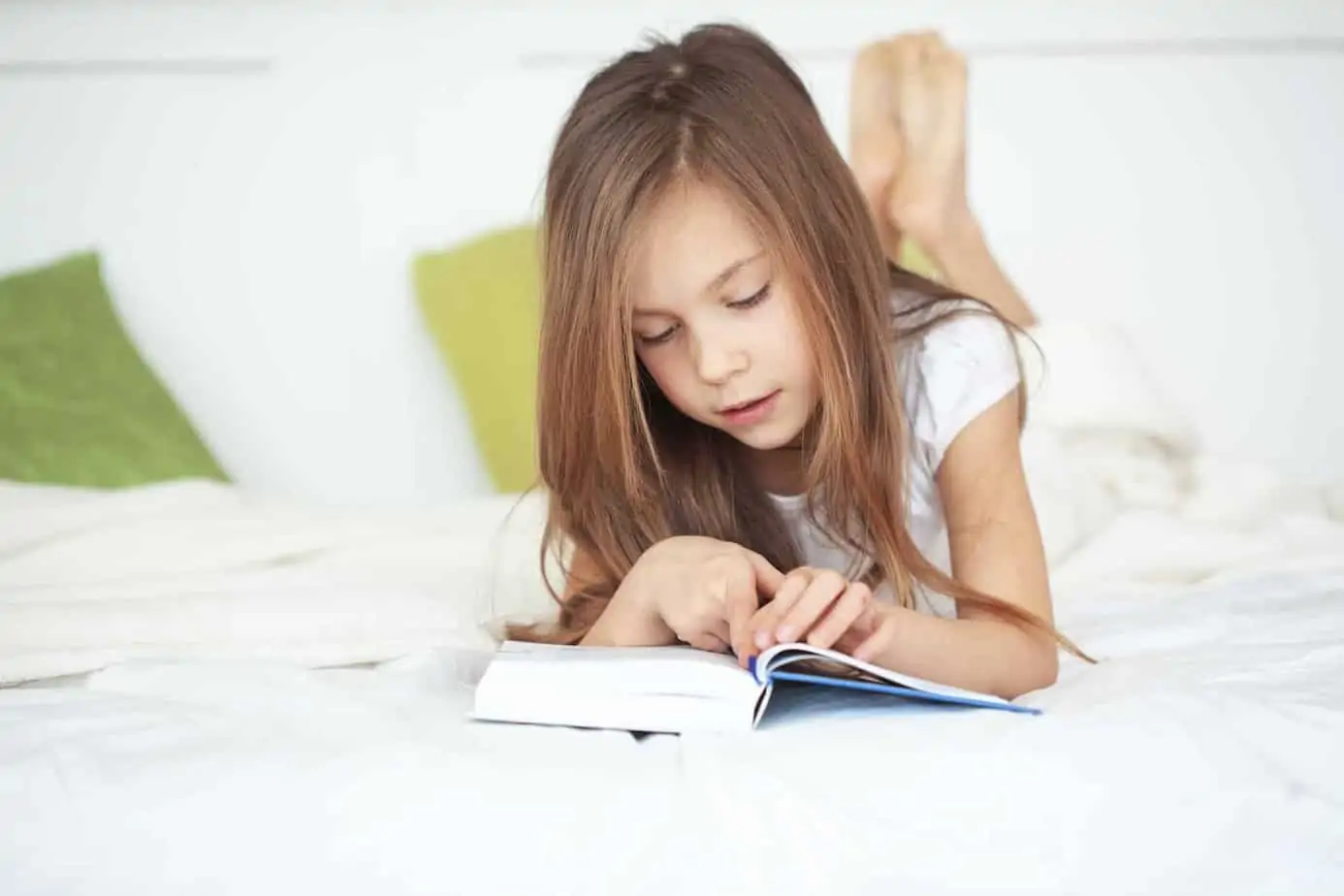School is going to look different this year, which can stir up big emotions in kids. How to prepare kids for the school year & curb anxiety and overwhelm. Plus, how the Back-to-School Bundle can help create routines that make kids feel safe and less anxious.
How Do We Prepare Our Kids for the School Year?
The question, “how do we prepare our kids for the school year” keeps running through my head. Especially for my older kids who have been in public school for several year, going back to school during a pandemic most definitely won’t look normal.
How do you prepare kids for these uncertain times?
That’s why I called up a trusted therapist friend the other day to help me figure out how to navigate these uncertain waters with my own kids. I want to share the tips she’s given me, to help soften the blow of the unknown for the upcoming school year. I hope your family finds them helpful, too!
1. Loop Your Kids Into What’s Going on with the Facts
As an adult, I like to know what’s going on tomorrow, next week and in a month, and I know children are no different.
By sharing the facts of what the plan for school is going to be, whether that’s once a week or once a month depending on how your child handles receiving this information, give them the facts of what attendance and expectations for school look like.
Of course, it’s also hard to keep up with what the school plan with be as it feels like it changes from day to day, or maybe it’s been crickets for weeks in your neck of the weeks. The point is, keep your child updated and in the know about what’s going on. This doesn’t mean sharing the nitty gritty and politics of it all, just the facts about what the current plan for school is.
While parents have no control over the phases and knowing the plan will likely change as it’s a moving target from month to month, or even week to week, giving this information to your child allows them time to sit with it, process the information and imagine what school will look like.
2. Choose a School Plan That Fits Your Child & Lifestyle
Most schools across the world have different learning options you can opt into based on your comfort levels and the health of those you live with.
Each household needs to determine what risks they are comfortable with and come up with a plan that works for their family.
For our family, I have a child who cannot handle uncertainty and needs predictability or else he feels out of control, acts outs and tends to get himself in trouble. This isn’t a good learning environment for him so knowing his learning style, and because right now my husband has lost his job due to COVID, we’ve made the decision to start with online school for our twins with the possibility of moving to homeschool if it’s too clunky, and then to homeschool with our Kindergartener and he’ll be charge of their education at home.
Your family has to weigh the options offered to you, and find what’s going to be best for your child and entire family.
Considering homeschool? The Homeschool Pros and Cons Workbook will help you make a school choice decision that best fits your family’s dynamics and goals.
3. Create Consistency for the Upcoming School Year Through Routines
Children find an incredible amount of comfort and safety through consistent routines.
Having constant anchors in their day – a solid morning and night routines for instance – that stay the same regardless of school being in person, online or homeschool will give kids a sense of safety, even with the other landscape around them changes.
Routines won’t be impacted for any school circumstance and a consistent routine especially in the morning before school begins, will set the tone for the entire day.
Routine picture cards are a favorite in our house, but you can snag these and an enormous amount of routine and back-to-school resources in the Back-to-School Bundle here.
4. Prepare a Learning Environment at Home
If you know you’re doing online school, homeschool or your school may phase in and out of learning at home, it’s important to create a workspace at home before school starts.
This designated space for your child visually indicates school is coming and helps them to prepare.
I know at our house during the end of school last year where the kids were doing online learning for the last two months, we sat at the dining table, on the couch, in the backyard and the lack of consistency because we were essentially figuring it out day-by-day, was not conducive for learning.
Create a dedicated work space for your kids whether that’s desk for them to sit and work in their rooms or a common area of your home, bins for their school work and area to keep their school supplies.
IKEA was completely sold out of desks at their warehouse (a hot commodity on second-hand sites right now, too!) when we stopped by last weekend, but here are some fun modern kid’s desks you can set up for a school work space.
If you have a Preschooler or Kindergartner, here are some good school resources to include in your home learning setup:
- PreK/K Worksheet Bundle (79 Worksheets)
- PreK/K Basics: ABCs, Letter Identification, CVC Words (45 Worksheets)
- PreK/K Basics: Numbers, Counting & Beginner Math (45 Worksheets)
5. Visual Preparation of How School Will Look Different
In person learning is going to look different. Very different and unless kids are prepared, the striking difference can overwhelm, even scare some kids.
It’s important to have multiple conversations about the visual expectations including the use of masks, plexiglass, face shields, desks being spread six feet apart, social distancing at school, no group work, play items in younger classrooms, temperature checks and frequent hand wash and sanitization stations.
The more often you have these discusses about how school will LOOK, the more you can help desensitize your child to the striking visuals they’ll be exposed to day in and day out of school and with their friends and teachers.
Don’t wait until the first day to have these conversations or try masks for the first time. Allow time for your kids to get used to masks, or try different types they feel comfortable in.
Note: Some kids and adults panic with face coverings and this can trigger fight or flight emotions. Be sure to see what your child is comfortable wearing or not wearing as you make school choice decisions.
6. Make a List of all the Things Unchanged
With so much changing, kids can easily become overwhelmed, fearful, even stressed. It’s important to point out however that while much has changes, so much has also stayed the same.
Take out a piece of paper and on one side, write all the things that have changed. On the other side, write all the things that have stayed the same.
I’m willing to bet the list with the things that’ve stayed the same is much longer than what’s changed.
7. Model for Kids
Our words and attitudes rub off on one another.
Right now, families are likely spending more time together (um… living on top of one another is more like it) and attitudes, especially about how parents feel about sending their kids to school and what school will look like, are highly contagious.
We model a lot for our kids, and our attitudes and thoughts are no exception.
Find the silver linings to school – no matter what style of learning you choose. For example:
- More outdoor learning and fresh air for kids.
- Online learning will save you a 30 round-trip drive for drop offs every morning and afternoon.
- You can finally opt out of the PTO like you’ve been trying to for the past year.
Whatever it is, find those silver linings about the changes to school and help the attitudes of your kids remain positive about heading back to school.
8. Reconnect with Friends from School
It’s probably been a few months since your kids last saw their friends at school. If you can, reach out and see if you can reconnect your children with their friends before school to play at the park or go on a hike together.
Your children may have been mourning the loss of their friends from the isolation of social distancing, and seeing friends and spending time together can help them feel more comfortable and excited to head back to school.
In Closing…
Be prepared for some emotions to crop up as school gets closer, and then underway. These new, changing and sometimes scary circumstances can bring out a lot of big emotions. Emotion picture cards can help kids communicate what they’re feeling.
When children feel anxious, you can also teach them this simple grounding technique to bring them into the present and away from their worries (past and future speculations.)
More School Resources:
- Back to School Bundle (an Enormous Amount of Routine & School Resources)
- Pros and Cons of Homeschooling: Weighing School Options
- 15 Inspiring Homeschool Room Ideas for Small Spaces
- Navigating the After-School Meltdown: How to Help Your Child
- Best First Day of School Tradition to Help Calm School Nervousness
- Back to School: 1 Month of School Lunch Ideas Kids Will Actually Eat
- Ease Your Child’s Back to School Anxiety: How to Calm the Jitters
Want even more?
Shop All Parenting Resources
Shop all of our parenting resources from self-regulation tools and managing big emotions to building self esteem and confidence. There are resources for all seasons of life!
